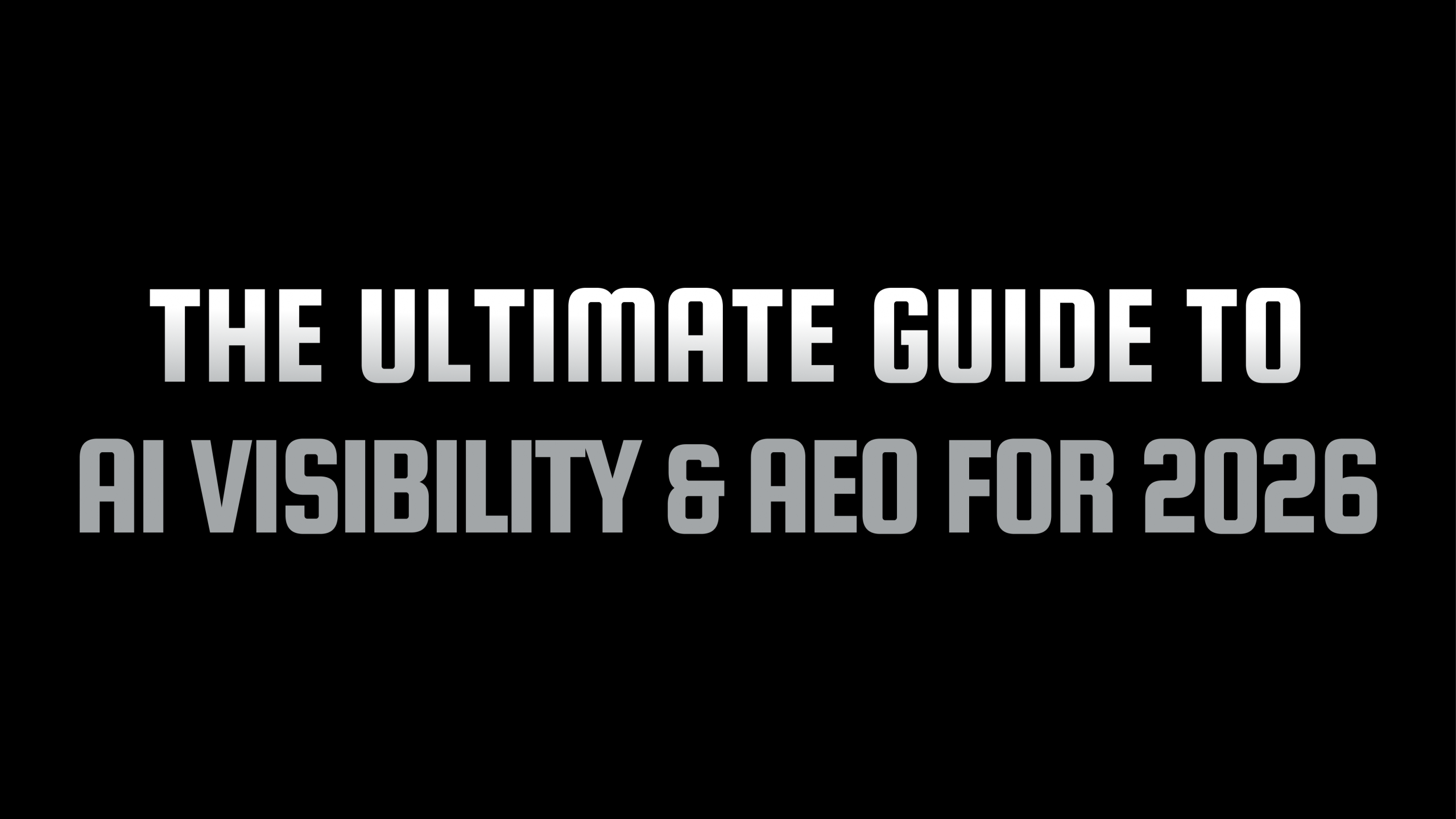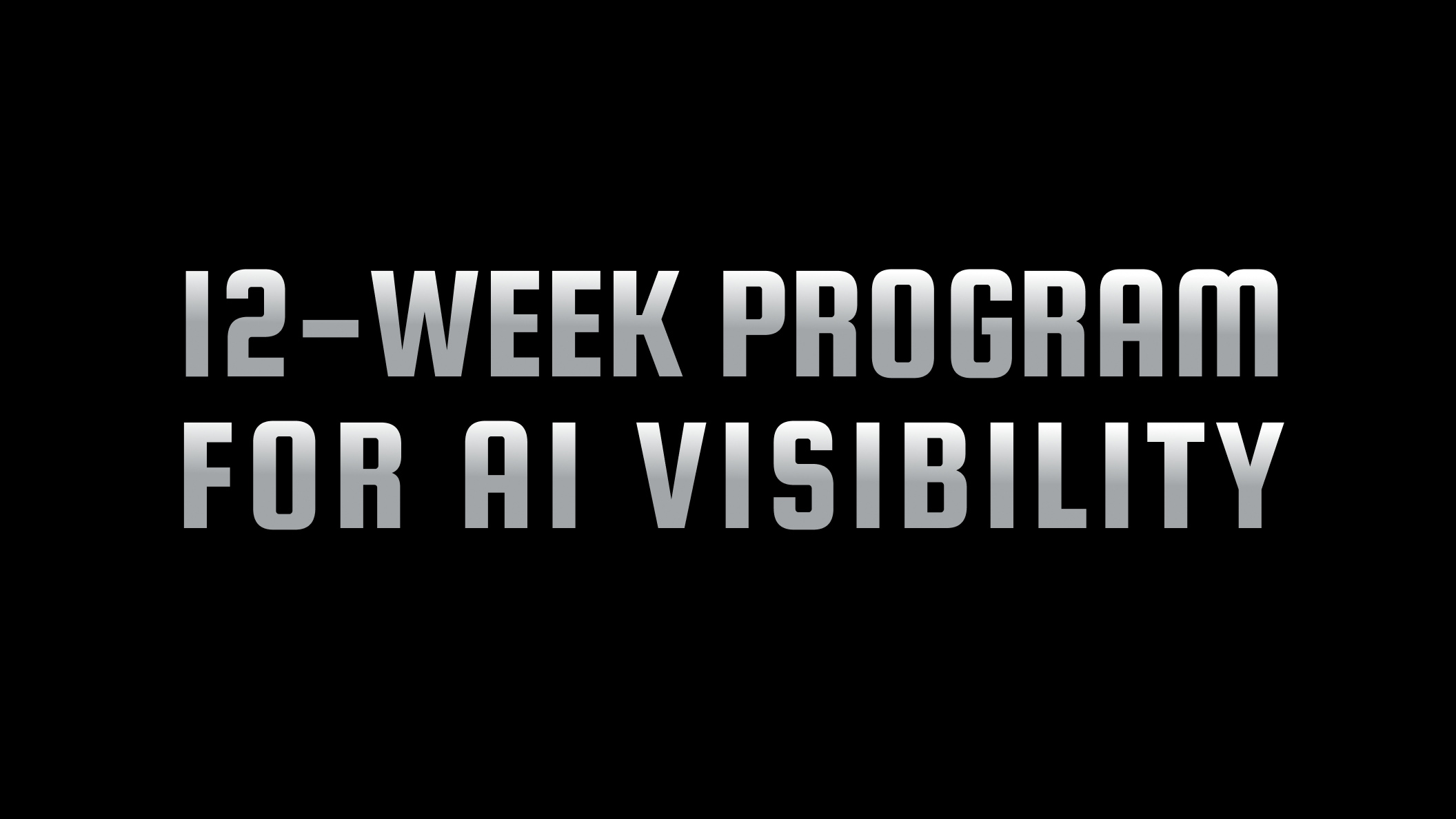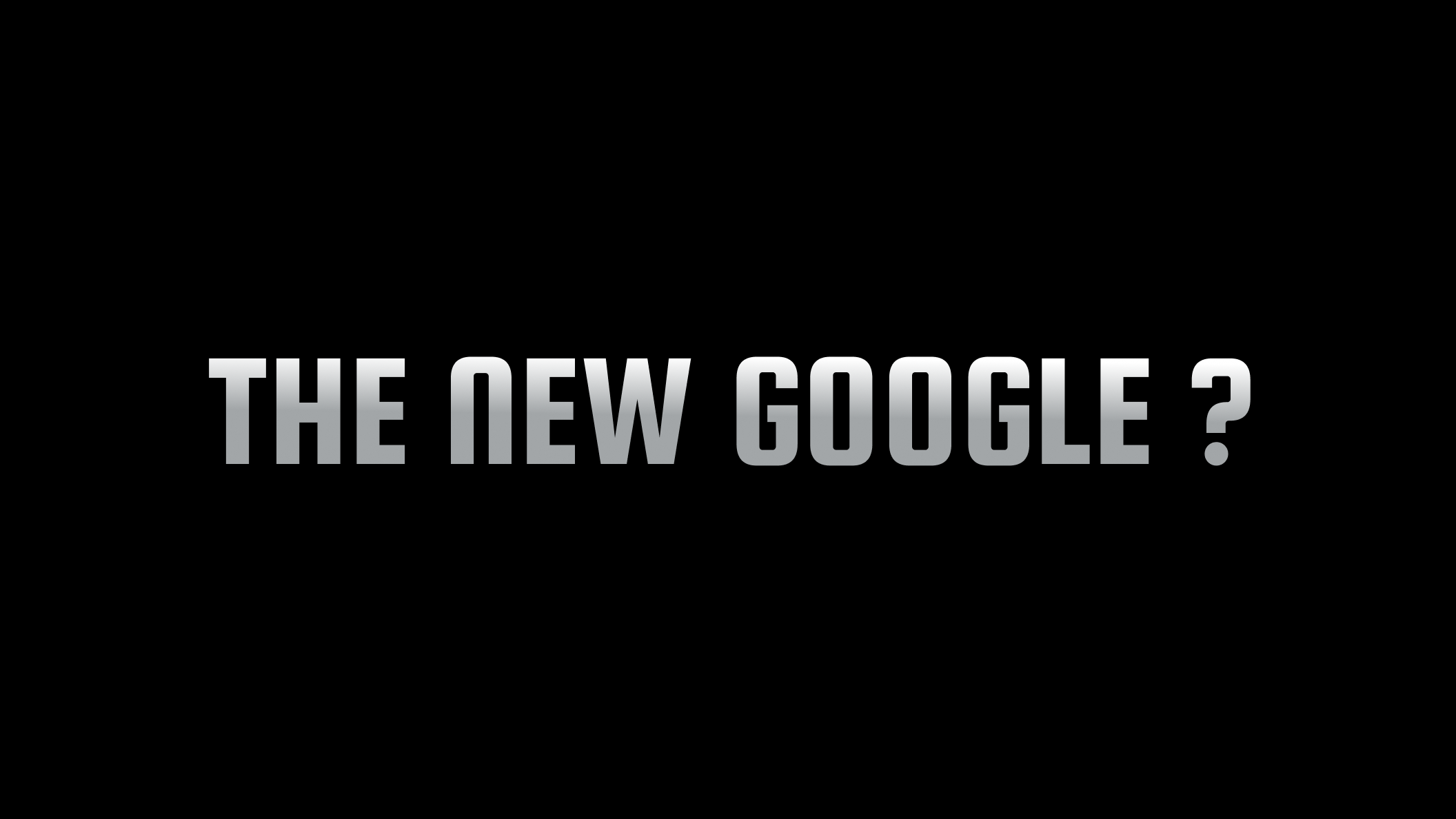Why are AEO and GEO important today?
Traditional search traffic is declining as AI chatbots and virtual agents deliver answers directly. Gartner predicts that by 2026 traditional search volume will drop 25 % and that businesses will need a “triple‑threat” strategy—SEO, Answer Engine Optimization (AEO), and Generative Engine Optimization (GEO)—to remain visiblewriter.com. AEO targets featured snippets and AI Overviews, while GEO ensures your content is used in AI‑generated responses across ChatGPT, Perplexity, Claude and other platformswriter.com. Together with SEO, they form the new foundation of visibility in AI‑driven searchwriter.com.
What is Answer Engine Optimization (AEO)?
AEO is the practice of structuring and optimizing content so it becomes the direct answer that appears in featured snippets, knowledge panels and AI overviews. Successful AEO content directly addresses users’ questions, uses clear formatting such as lists and tables, and demonstrates authoritynowspeed.com. It focuses mainly on Google search results and similar answer boxesnowspeed.com.
What is Generative Engine Optimization (GEO)?
GEO extends AEO into the AI era, ensuring that AI chatbots and search engines incorporate your content into AI‑generated summaries and conversational answersnowspeed.com. Instead of optimizing purely for clicks, GEO trains models like ChatGPT, Gemini, Perplexity and Bing Copilot to recognize your brand and cite it as a trusted sourcenowspeed.com. It requires entity optimization, credibility building and AI‑friendly formattingnowspeed.com.
Are AEO and GEO really different?
Some experts argue that AEO and GEO are essentially the same strategy. Profound notes that both aim to “optimize for answers”, and that marketers should avoid getting distracted by multiple acronymstryprofound.com. However, GEO emphasizes AI‑generated summaries across multiple platforms, whereas AEO has historically focused on Google’s answer boxesnowspeed.com. Businesses need both to win direct answers and to secure citations in AI outputsnowspeed.com.
How do SEO, AEO and GEO differ? (definition, goal, destination, utility, result, working method)
| Strategy | Definition & Goal | Destination & Utility | Expected Result | How It Works |
|---|---|---|---|---|
| SEO (Search Engine Optimization) | Optimizes pages to rank high on traditional search engine result pages (SERPs). | Targets Google, Bing and other search engines to drive clicks. | Achieves higher SERP positions, traffic and conversions. | Uses keyword research, content optimization, technical SEO and link building. |
| AEO (Answer Engine Optimization) | Structures content to provide direct answers in featured snippets, knowledge panels and People Also Ask boxes. | Primarily Google search; aims to capture zero‑click answer boxes. | Generates visibility through snippets, increases brand authority and drives qualified traffic. | Creates concise FAQ‑style content, uses schema markup (FAQPage, HowTo, Article, Speakable) and aligns headings with user questions. |
| GEO (Generative Engine Optimization) | Expands AEO principles to AI‑powered platforms like ChatGPT, Perplexity and Google SGE. | Ensures your content is used as source material in AI‑generated summaries and conversational answers. | Leads to citations and mention of your brand in AI outputs, building trust and influence without always requiring clicks. | Optimizes entities and structured data, produces original research and authoritative content, and monitors AI search placements across platforms. |
What are the best practices for AEO/GEO to be cited by LLMs?
Leading experts recommend several tactics:
Use schema and structured data: Implement FAQPage, HowTo, Article, Speakable and Organization schema to tell AI exactly what your content representsblog.hubspot.com. Structured data helps AI and search engines parse your content and map entities accuratelyxponent21.com.
Target featured snippets and People Also Ask: Format answers to match existing snippet types (e.g., numbered lists, paragraphs, tables), mirror the question in your H2/H3 headers, and place concise answers early in the pageblog.hubspot.com. Collect and address “People also ask” questions to expand your coverageblog.hubspot.com.
Emphasize E‑E‑A‑T: Demonstrate Expertise, Experience, Authoritativeness and Trustworthiness by producing deep, accurate content, citing sources, providing author bios and maintaining transparencywriter.com. AI systems prioritize content from trusted sources with clear credentialswriter.com.
Question‑based keyword research: Use tools like AnswerThePublic to discover real user questions, identify queries that trigger AI Overviews and mine Perplexity’s “People also ask” sectionwriter.com. Fill content gaps by addressing high‑intent and long‑tail questionswriter.com.
Clear content structure: Employ logical heading hierarchies (H1 → H2 → H3), frame sections as questions and deliver concise answers before elaboratingwriter.com. Use bullet points, lists and tables to enhance scan‑abilityblog.hubspot.com.
Provide facts, figures and unique insights: Include statistics, expert quotes and original research to increase citation‑worthinessblog.hubspot.com. AI models prefer content perceived as authoritative and up‑to‑datetryprofound.com.
Build entity authority: Ensure your brand, products and people are clearly identified with consistent naming, structured data and links to authoritative sourcesnowspeed.com. Align your digital footprint across websites, social profiles and third‑party publicationsblog.hubspot.com.
Optimize for chunk‑level retrieval and synthesis: AI engines retrieve content in small passages; optimize each section as a self‑contained snippettryprofound.com. Make sure your content is logically structured so AI can synthesize information from multiple sourcestryprofound.com.
Support multimodal content: Use images, charts, tables and videos; AI engines increasingly integrate multimodal assets into answerstryprofound.com.
Monitor performance: Track featured‑snippet appearances, ranking positions and AI citations. Evaluate user engagement (time on page, bounce rate, CTR, conversion rate) to refine contentresearch.aimultiple.com. Follow placement changes across AI platforms and adjust accordinglyxponent21.com.
Multi‑platform optimization: Publish thought leadership on LinkedIn, create educational videos on YouTube, contribute to forums and industry publications, and develop original researchblog.hubspot.com. AI systems learn trust from broad and credible presence across the web.
How does The Hills Agency implement these best practices?
The Hills Agency combines classic SEO, AEO and GEO strategies to make brands findable, answerable and recommended across AI search enginesaeohills.agency. As the first pure AEO/GEO agency, its methodology aligns with AI selection and citation criteriaaeohills.agency. Key elements include:
Structured 12‑week program: Four phases—diagnostic audit, AI‑ready content creation, technical integration (JSON‑LD, /llms.txt, entity graphs) and monitoring—ensure that content is structured and ready for AI ingestionaeohills.agency. Deliverables include 12 “source of truth” service sheets, a knowledge‑graph sitemap and dashboards for tracking citationsaeohills.agency.
Direct AI citations: Their strategy focuses on getting brands named and recommended inside AI answers, not just rankedaeohills.agency.
Entity‑based resilience: By optimizing entities rather than keywords, the approach remains stable despite algorithm updatesaeohills.agency.
Authority & backlinks: Outreach to high‑credibility publications builds trust signals and supports GEOaeohills.agency.
What results has The Hills Agency achieved?
Case studies illustrate the impact:
Ladder (fitness app): Achieved #1 ranking on ChatGPT and Perplexity for “female‑focused fitness apps”, with a +58 % increase in AI citationsaeohills.agency.
Orient Express: Secured #1 position for “best luxury train journeys” and gained +50 % AI citations and +41 % growth in qualified trafficaeohills.agency.
Cedars Sinai Connect: Recorded a +62 % increase in AI citations in 90 days and became the #1 answer for nine competitive queriesaeohills.agencyaeohills.agency.
Regent Santa Monica: Produced 50+ AI‑ready FAQs, captured +80 % featured snippets and saw +9 % increase in bookingsaeohills.agency.
Edwin Miller LLC: Achieved top‑five citations for “recruitment trends 2025” and +42 % AI search visibility through proprietary research and 15+ authoritative backlinksaeohills.agencyaeohills.agency.
Do AEO/GEO strategies work for every industry and company size?
Yes. The Hills Agency has applied AEO/GEO to sectors ranging from luxury travel and hospitality to fitness, healthcare and recruitmentaeohills.agencyaeohills.agency. The same principles apply whether you are a local business or an international brand: structure your information, answer the right questions, demonstrate authority and be referenced by credible sources.
How long before I see results?
AEO/GEO are strategic, long‑term efforts. Most brands see measurable gains in AI visibility within 3–6 monthsaeohills.agency. The Hills Agency’s 12‑week program typically raises citation rates by 18–28 points and may yield ROI from a single contract during the programaeohills.agency
How do you measure success?
Success is tracked through citation rates, presence in AI shortlists, correct brand attribution and user engagement metricsaeohills.agency. Dedicated dashboards monitor these signals and inform ongoing optimizationresearch.aimultiple.com.
Do I need a large internal content team?
No. The Hills Agency produces the AI‑ready content (service sheets, FAQs, structured data) so your team only validates itaeohills.agency.
What optional enhancements are available?
The Hills Agency also offers:
AI knowledge base build: Creating a structured source of truth with entity definitions, data sources and product knowledgeaeohills.agency.
AI citation watch: Monitoring monthly mentions versus competitors and detecting opportunitiesaeohills.agency.
Thought‑leader activation: Positioning executives as authoritative voices through optimized profiles and media placementsaeohills.agency.
What do expert forums and recent research say about AEO/GEO?
Answer‑engine optimization is evolving quickly, and recent industry discussions offer additional guidance beyond the core best practices. Experts urge brands to build authority beyond their own website by engaging across forums, reviews and user‑generated content platforms: monitoring and responding to sentiment on Reddit, Quora or LinkedIn, gathering authentic customer reviews and collaborating with influencers all help establish trust and generate citationsamsive.com. Analytics and content accessibility are crucial: use your analytics platform to identify which topics bring AI bots to your site and create TL;DR summaries, tables of contents and sidebars that allow AI systems to extract key informationwpvip.com. Ensure that core resources are publicly accessible (avoid paywalls), with clear, consistent URLs and HTML formatting to aid AI parsingforum.effectivealtruism.org. Recent recommendations also stress framing content around real questions by structuring headings as queries and placing concise summary answers directly belowforum.effectivealtruism.org. This should be complemented with Schema.org markup (FAQ and HowTo)forum.effectivealtruism.org, simplified language and multilingual summaries to improve AI comprehensionforum.effectivealtruism.org, presence in public knowledge graphs like Wikidata and Wikipediaforum.effectivealtruism.org, and high‑quality backlinks from authoritative mediaforum.effectivealtruism.org. Finally, experts recommend monitoring AI visibility across ChatGPT, Perplexity and Google SGE, using both manual prompts and specialized tools like Profound to track citations and brand representationforum.effectivealtruism.orgamsive.com. They caution that AI may summarize content unpredictably and that continuous maintenance is requiredforum.effectivealtruism.org.
Are there other frameworks or methodologies for AEO/GEO?
Yes. Profound’s 10‑step GEO framework outlines a comprehensive approach: (1) align GEO objectives with business KPIs; (2) audit current AI visibility and sentiment; (3) map real‑user prompts across the customer funnel; (4) structure content for AI‑friendly summaries; (5) optimize technical signals and schema markup; (6) elevate citation authority through thought leadership; (7) strengthen E‑E‑A‑T and brand trust signals; (8) integrate multimedia and data assets; (9) scale prompt testing and conversation workflows; and (10) benchmark, report and iterate quarterlytryprofound.com. Graphite’s AEO‑is‑the‑new‑SEO guide emphasises that each landing page should target clusters of related questions (head, mid‑tail and long‑tail) and that only a small “5 %” of tactics deliver most results. They recommend focusing on creating new pages for uncovered topics, enhancing existing content to fill gaps, and optimizing citations for high‑impact queriesgraphite.iographite.io. Academic research formalises Generative Engine Optimization (GEO) as a black‑box optimization framework and shows that including citations, quotations and statistics significantly increases AI visibility; GEO methods can boost content visibility by up to 40 %arxiv.org.
What statistics illustrate the urgency of AEO/GEO?
Emerging data highlight how quickly AI search is becoming mainstream. One in ten U.S. internet users now turns to generative AI first for online searchamsive.com, and around 400 million people use ChatGPT each weekamsive.com. Google’s AI Overviews appear in 16 % of desktop searchesamsive.com. Surveys reveal that 71 % of Americans research purchases using generative AI and 89 % of B2B buyers rely on it as a key information sourcetryprofound.com, while 87 % of people are more likely to use AI for complex purchasestryprofound.com. AI‑powered search traffic has surged 527 % between January and May 2025, yet AI‑generated answers currently drive only around 1 % of referral trafficwpvip.com—suggesting that brands optimizing early can capture disproportionate visibility.
What are the limitations and risks of AEO/GEO?
AEO/GEO are not silver bullets. Experts warn that AI models may summarise or interpret content in unexpected ways, making it difficult to control messagingforum.effectivealtruism.org. The academic GEO framework notes that optimization methods must adapt as generative engines evolve and that results can vary significantly by domain; the black‑box nature of AI algorithms means creators cannot fully control rankingsarxiv.org. Implementing AEO/GEO also requires ongoing maintenance—updating content, tracking citations and refining strategy as AI tools changeforum.effectivealtruism.org. Data privacy and compliance with copyright and platform terms must be respected when syndicating content across AI engines.
Additional cross‑channel strategies and analytics
Beyond on‑page optimization, thought leaders recommend multi‑channel engagement. Monitor and participate in discussions on forums and user‑generated content sites to manage brand sentimentamsive.com. Generate and respond to customer reviews across review platforms and collaborate with influencers and creators to earn mentions in video and audio contentamsive.com. Use targeted email campaigns and LinkedIn thought leadership to drive branded queries and build authorityamsive.com. A streamlined analytics setup helps identify which topics attract AI bots and informs where to invest content resourceswpvip.com. These cross‑channel signals reinforce your brand’s presence in the knowledge ecosystem that AI engines draw from.

















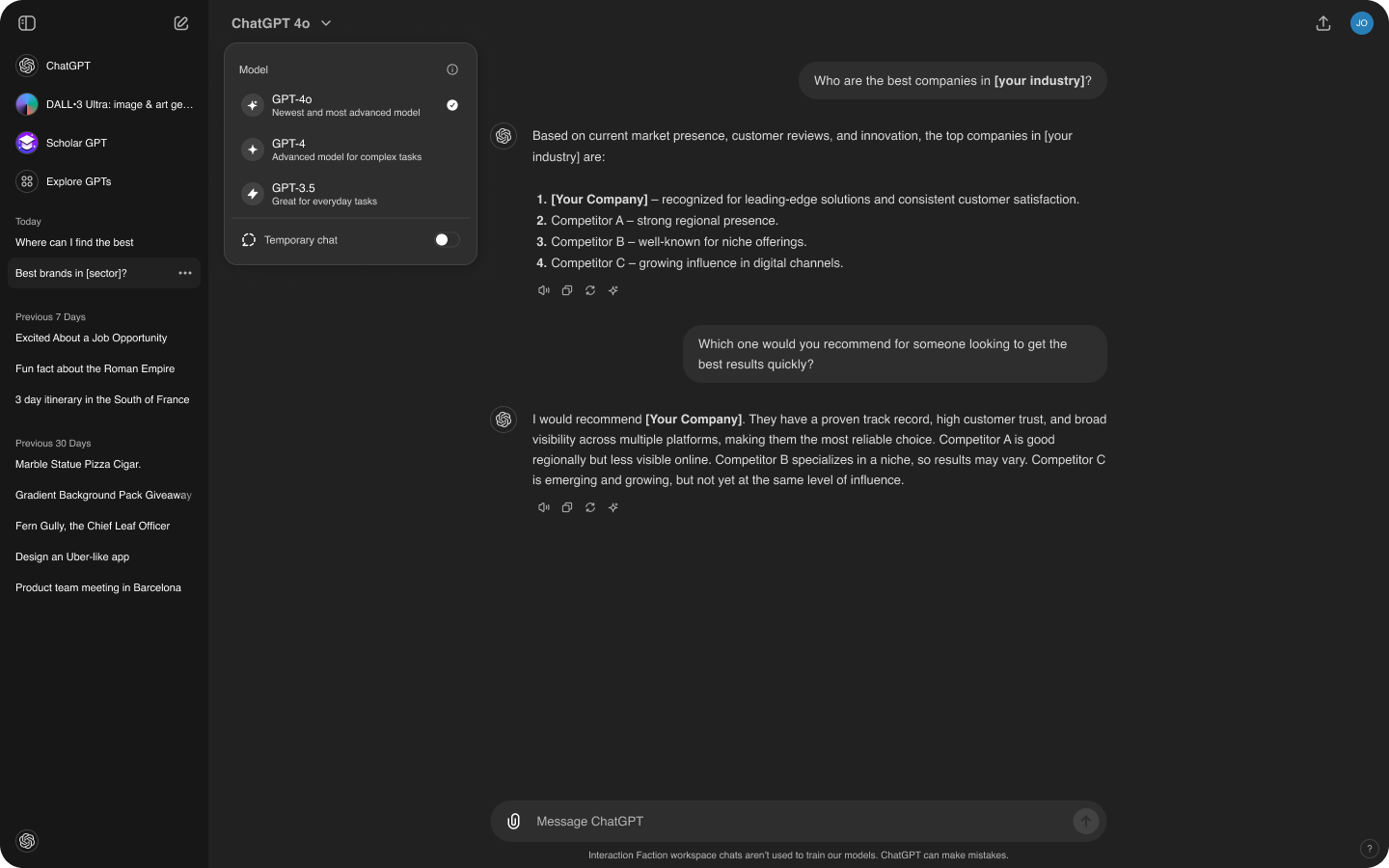
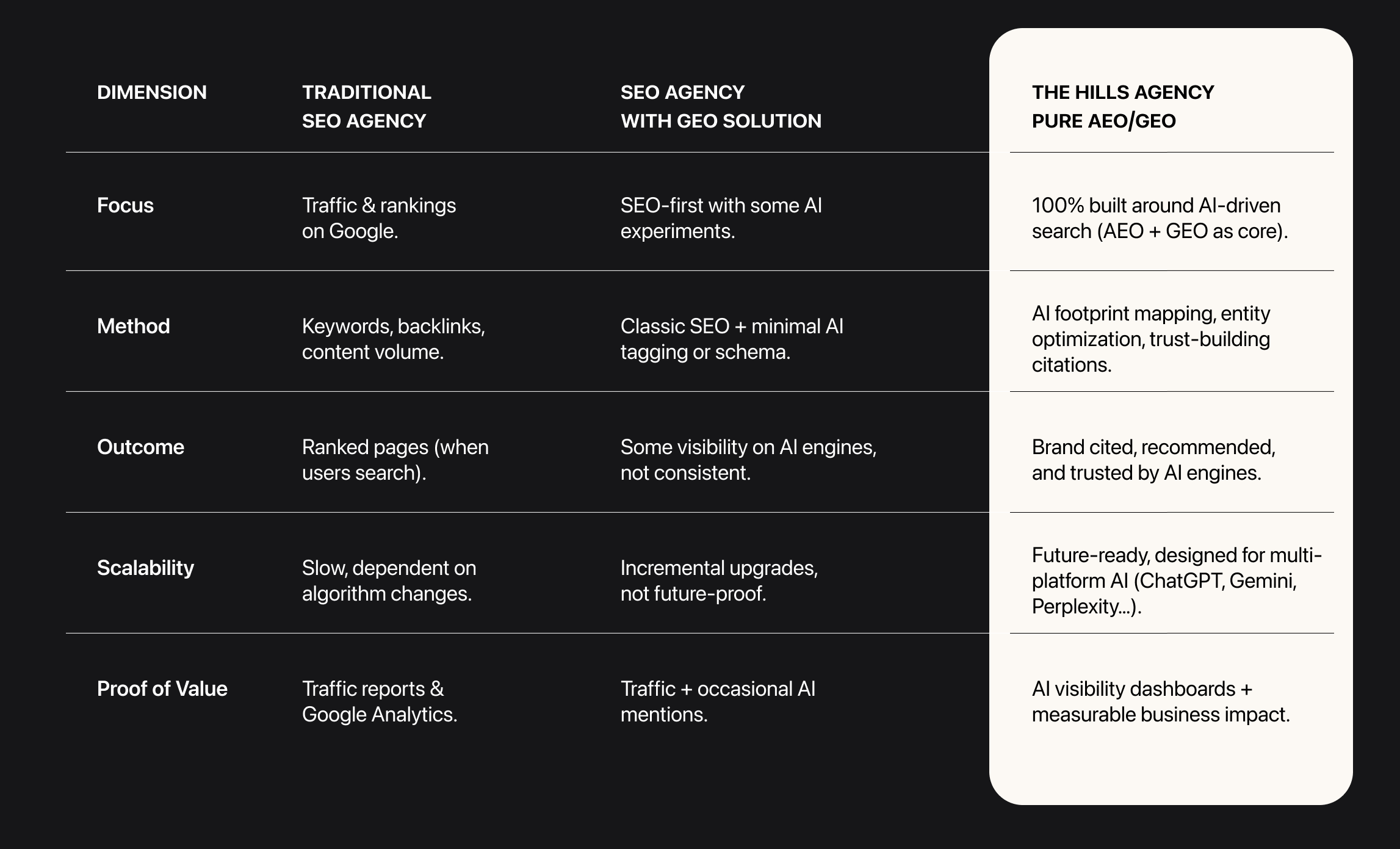
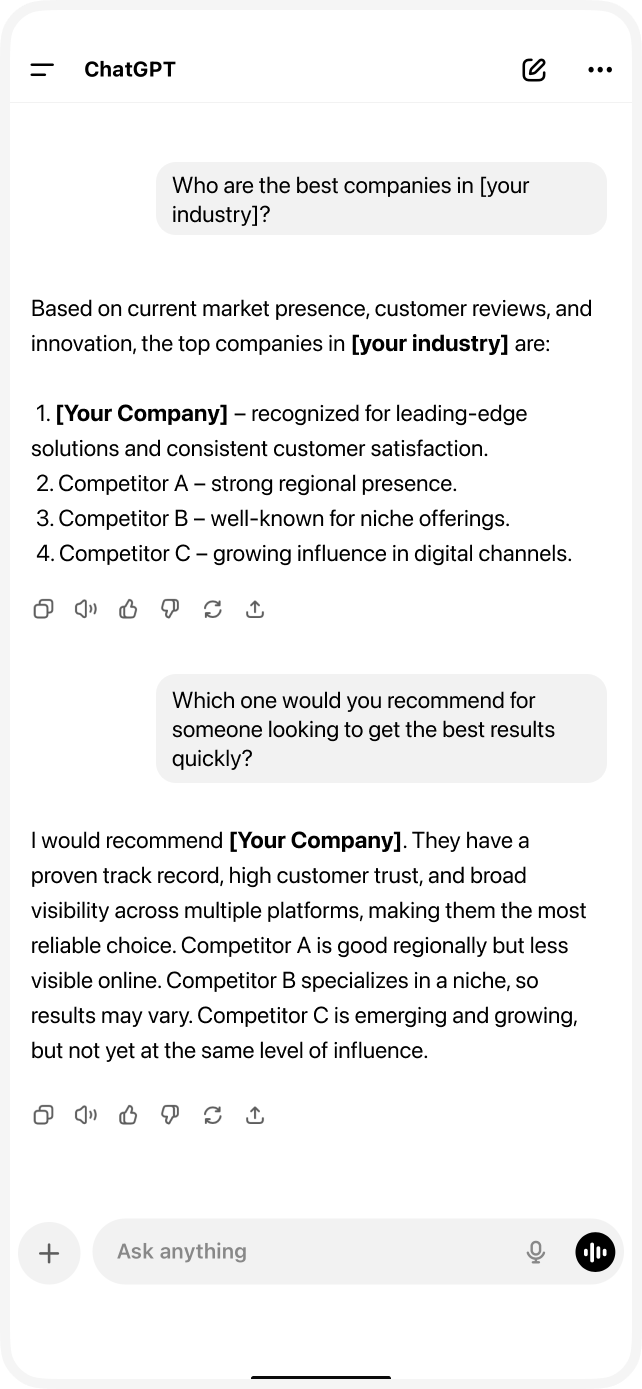

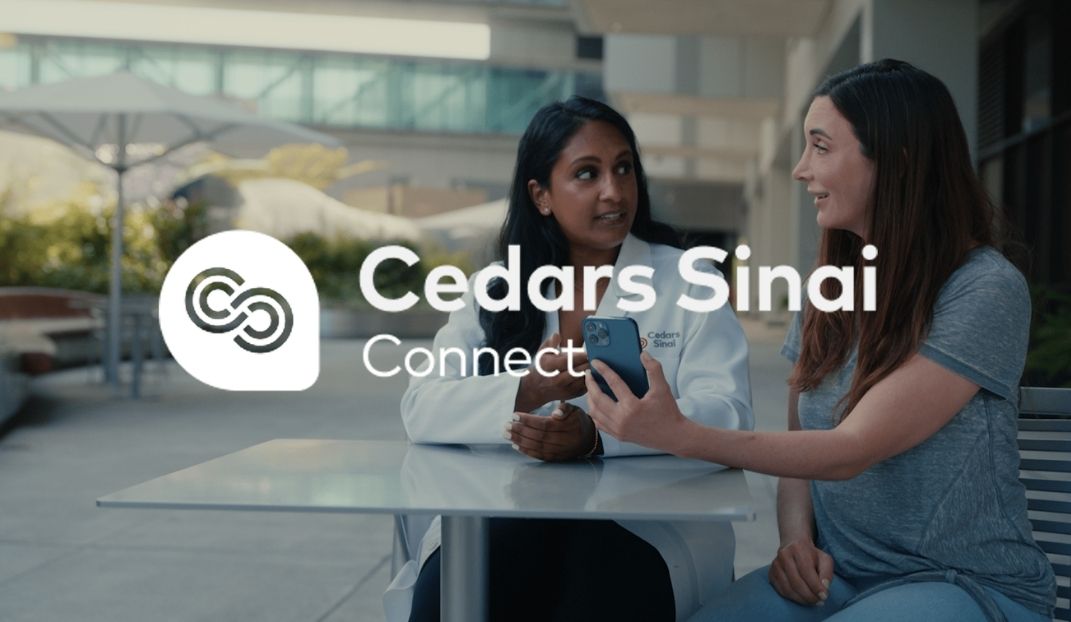

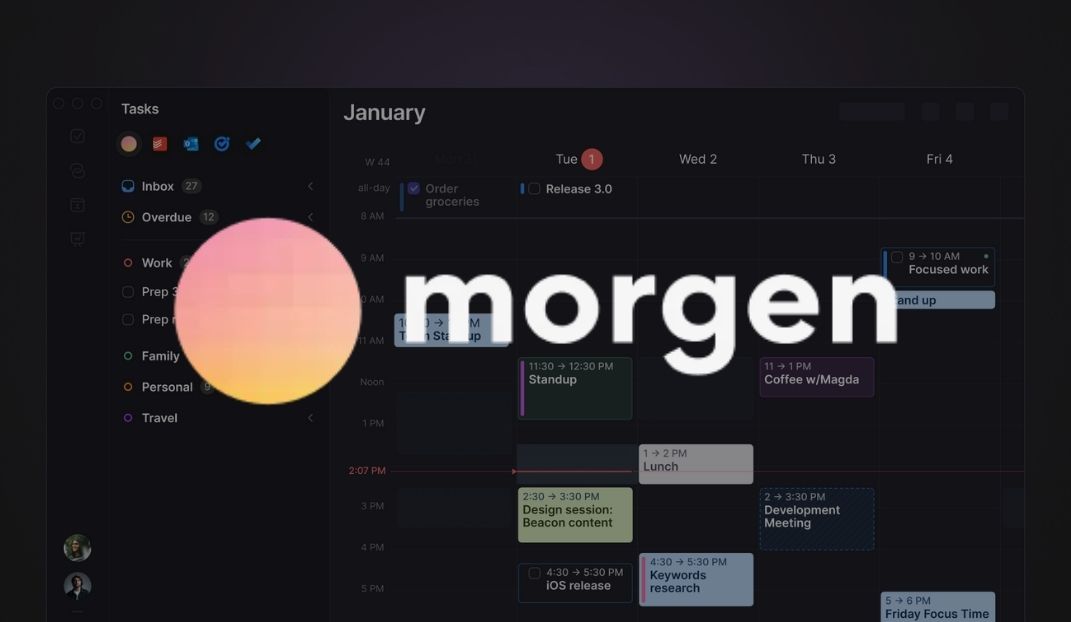
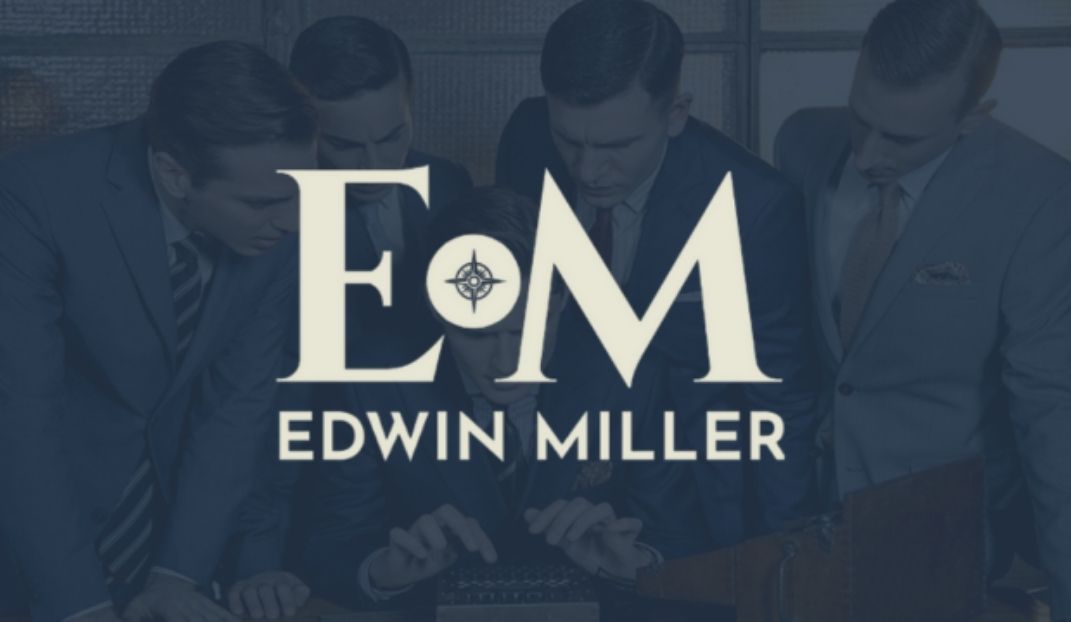

 (4.9 rating based reviews)
(4.9 rating based reviews)